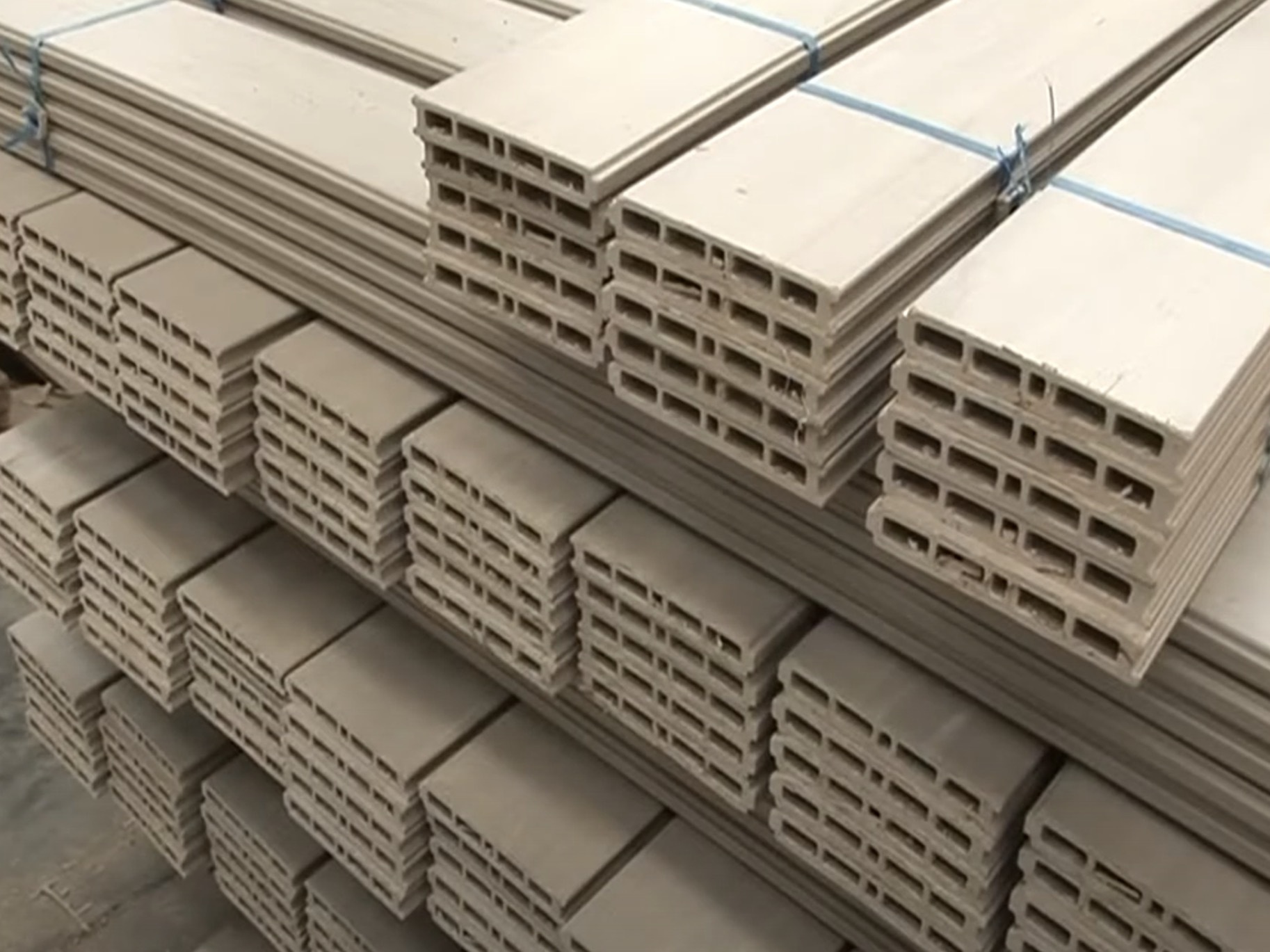
- Sustainable Planet -
- 5mins -
- 340 views
Latte Chalets: low-cost housing built from… coffee?
A Colombian startup combines coffee husks with recycled plastic to manufacture low-cost, lightweight, prefabricated buildings for home and classroom use.
Normally discarded Coffee husks are being turned into building materials
Woodpecker, a startup in Bogota, Colombia, uses coffee husks to manufacture lightweight, prefabricated buildings for home and classroom use. They combine the coffee husk with recycled plastic to create a durable and more environmentally-conscious building material. This not only reduces waste from coffee farms that would inevitably end up in the landfills but helps to execute a swift, simple construction that anyone can do. The DIY structure of the Woodpecker buildings was integral to their mission of providing low-income housing for Colombia’s impoverished areas. —EcoWatch
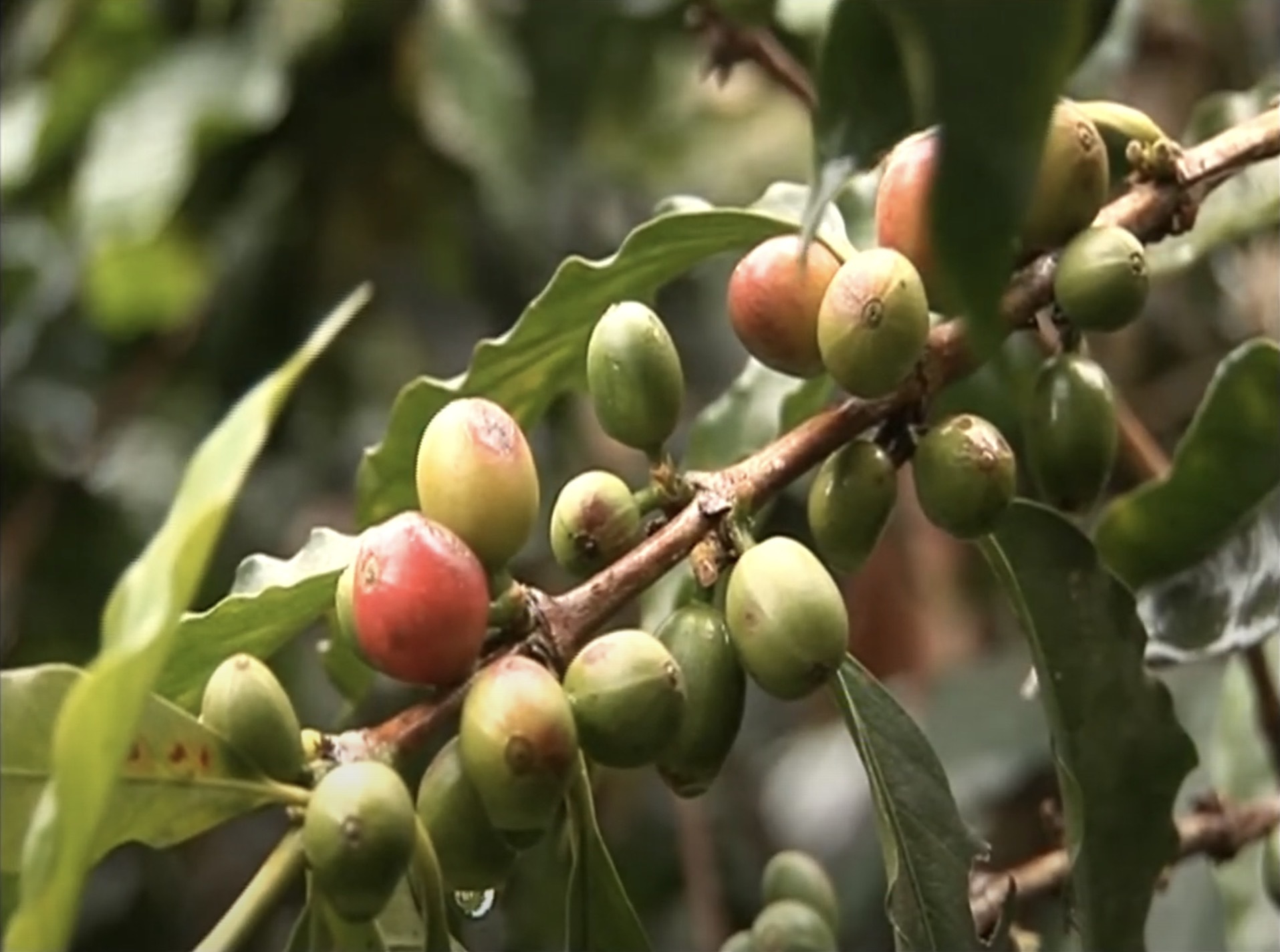
Woodpecker tiny homes are sold for as little as $4,700 each
The idea for these pre-fabricated tiny homes began with entrepreneur Alejandro Franco, now CEO of Woodpecker. He said in an interview with Fast Company, "We saw that there was a huge necessity for a lightweight construction system for housing and classrooms in rural and isolated places where traditional construction systems cannot go — like bricks, cement, and concrete. Coffee husk was selected because it’s stronger and drier than the other fibres," explained Franco in the interview.
This special wood plastic composite (WPC) material is also self-extinguishing, pest-resistant, and is built to withstand moisture, making it a safe alternative for low-income housing. The standardised plastic parts clip together on a steel frame for simplistic installation. Their large-scale production and use of recycled and waste materials allow Woodpecker tiny homes to be sold for as little as $4,700 each.
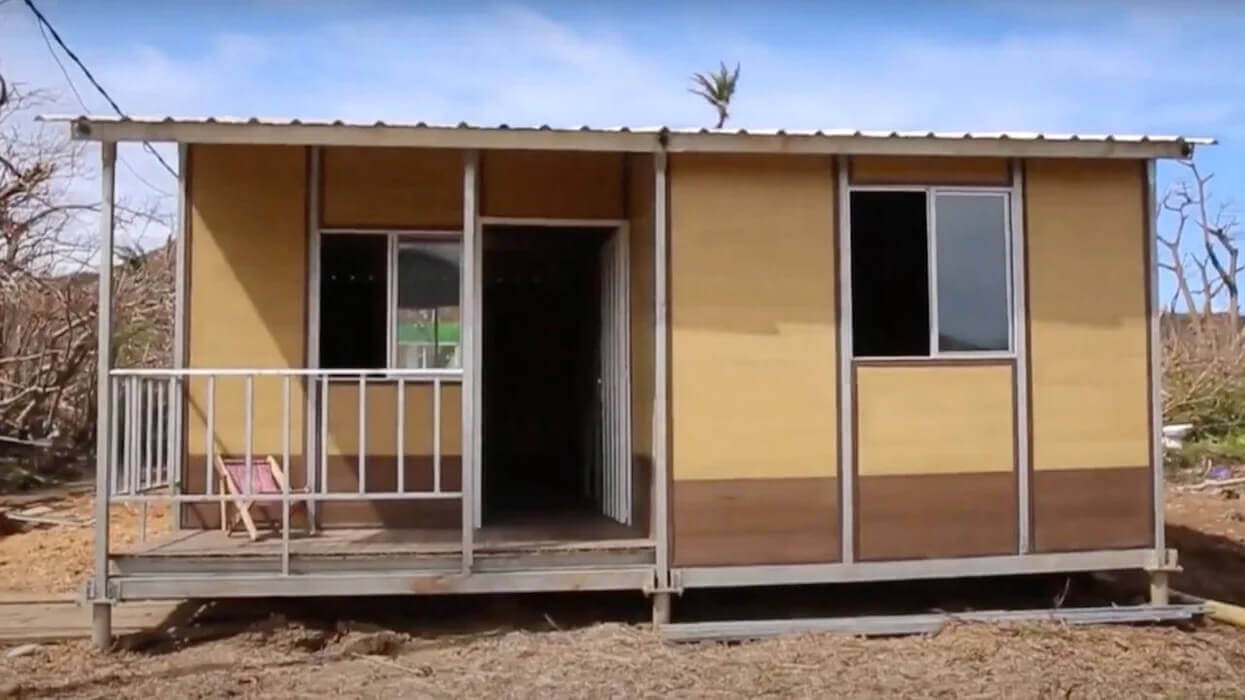
Woodpecker plan to reduce housing insecurity in Colombia
"The system worked perfectly considering that there was no energy supply, the soil was muddy, the airport damaged, no food, etc. — all the problems that you can imagine," Franco told Fast Company. Without this solution, many Columbian locals would have been without shelter. On the Colombian island of Providencia, an estimated 98% of the infrastructure was damaged.
Woodpecker’s plan to reduce the strain of housing insecurity in Colombia is proving successful thus far. They have already sold 2,600 homes, and are planning to expand in the near future. To see Woodpecker’s impact firsthand you can visit their online gallery.
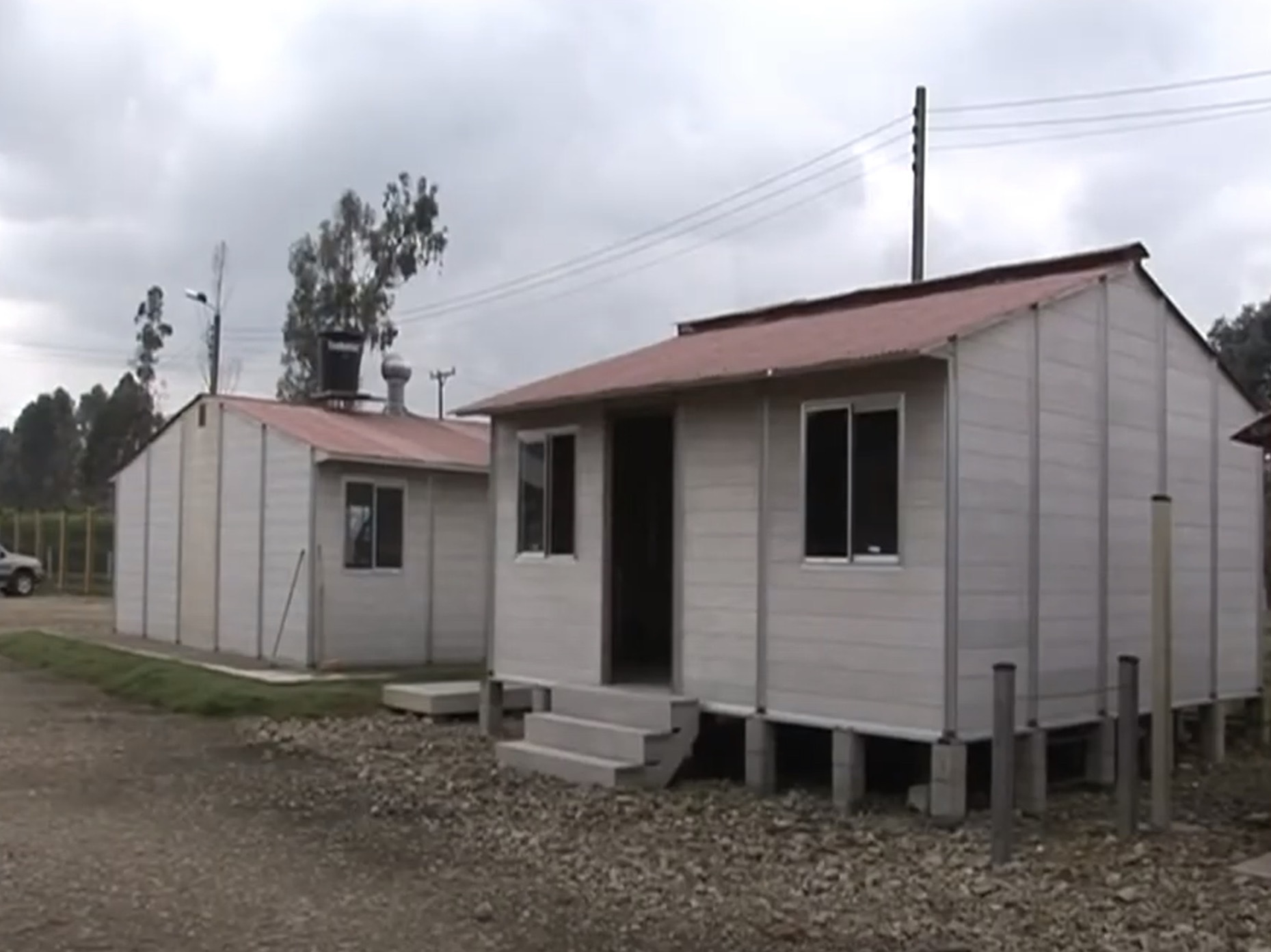
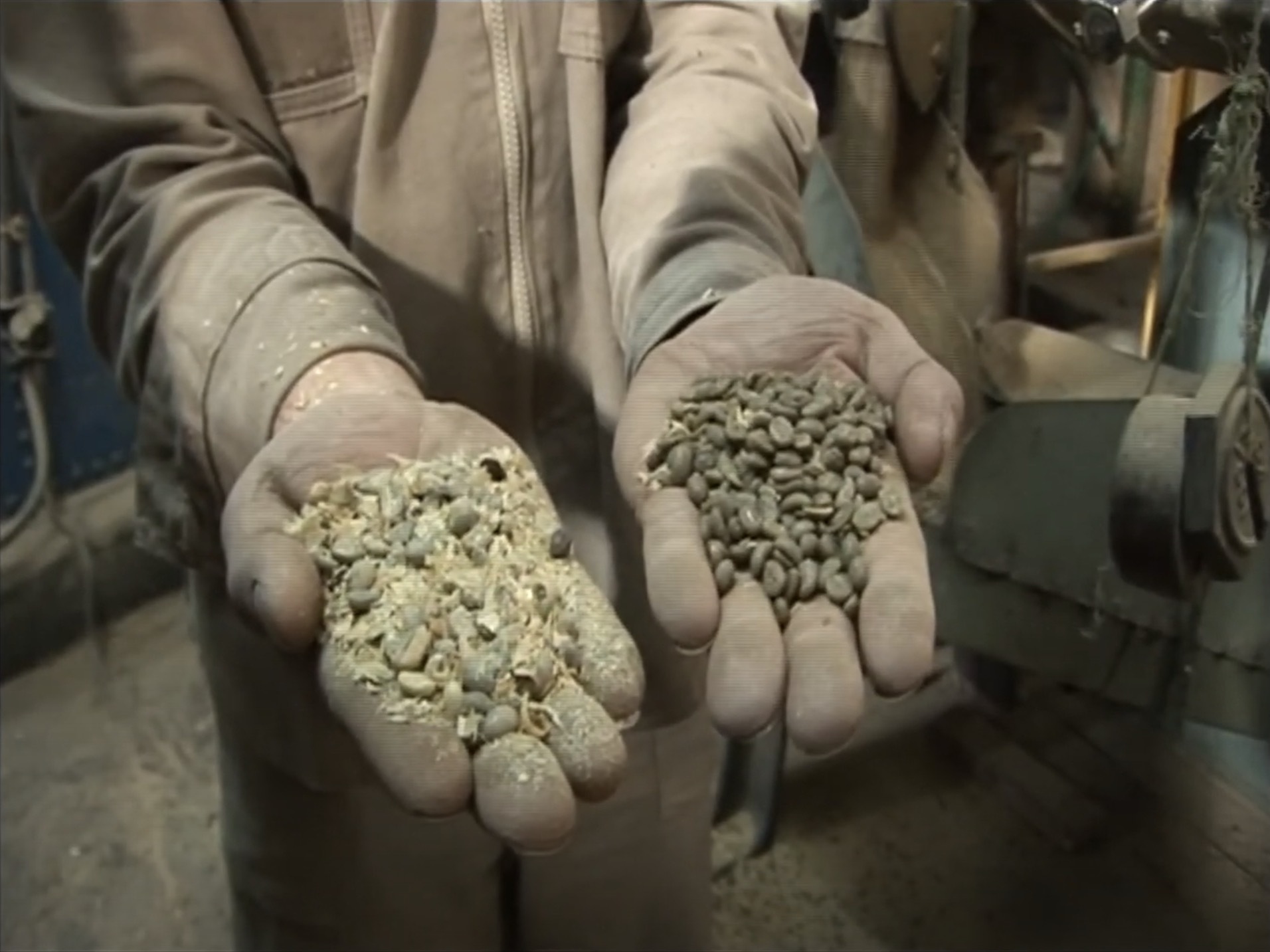
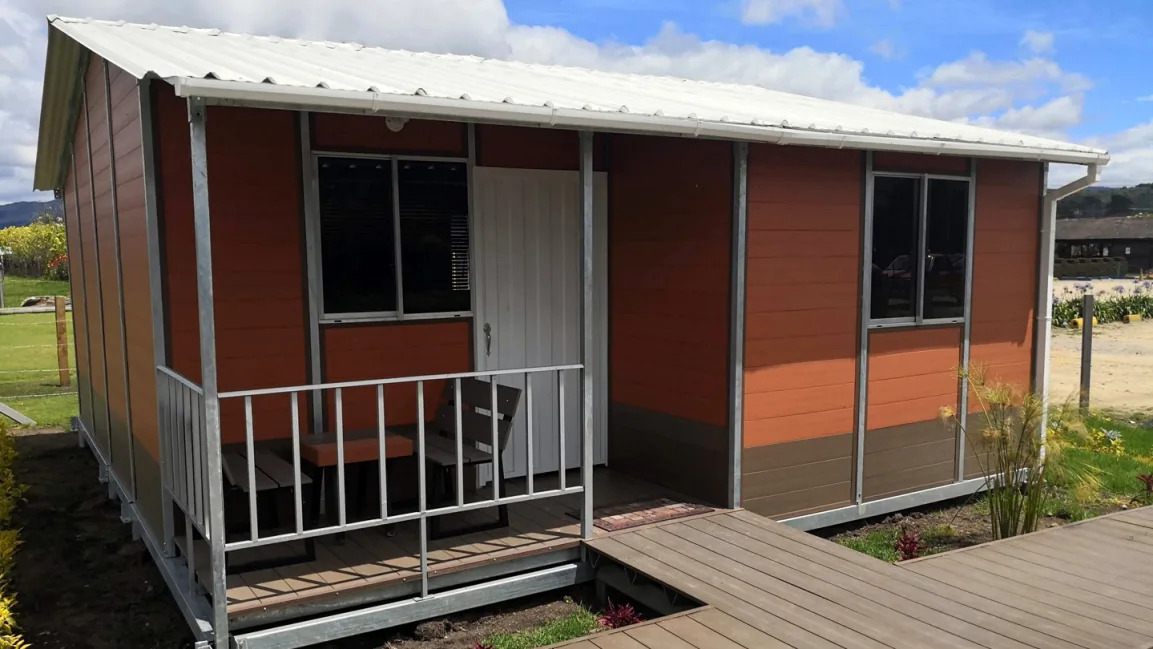
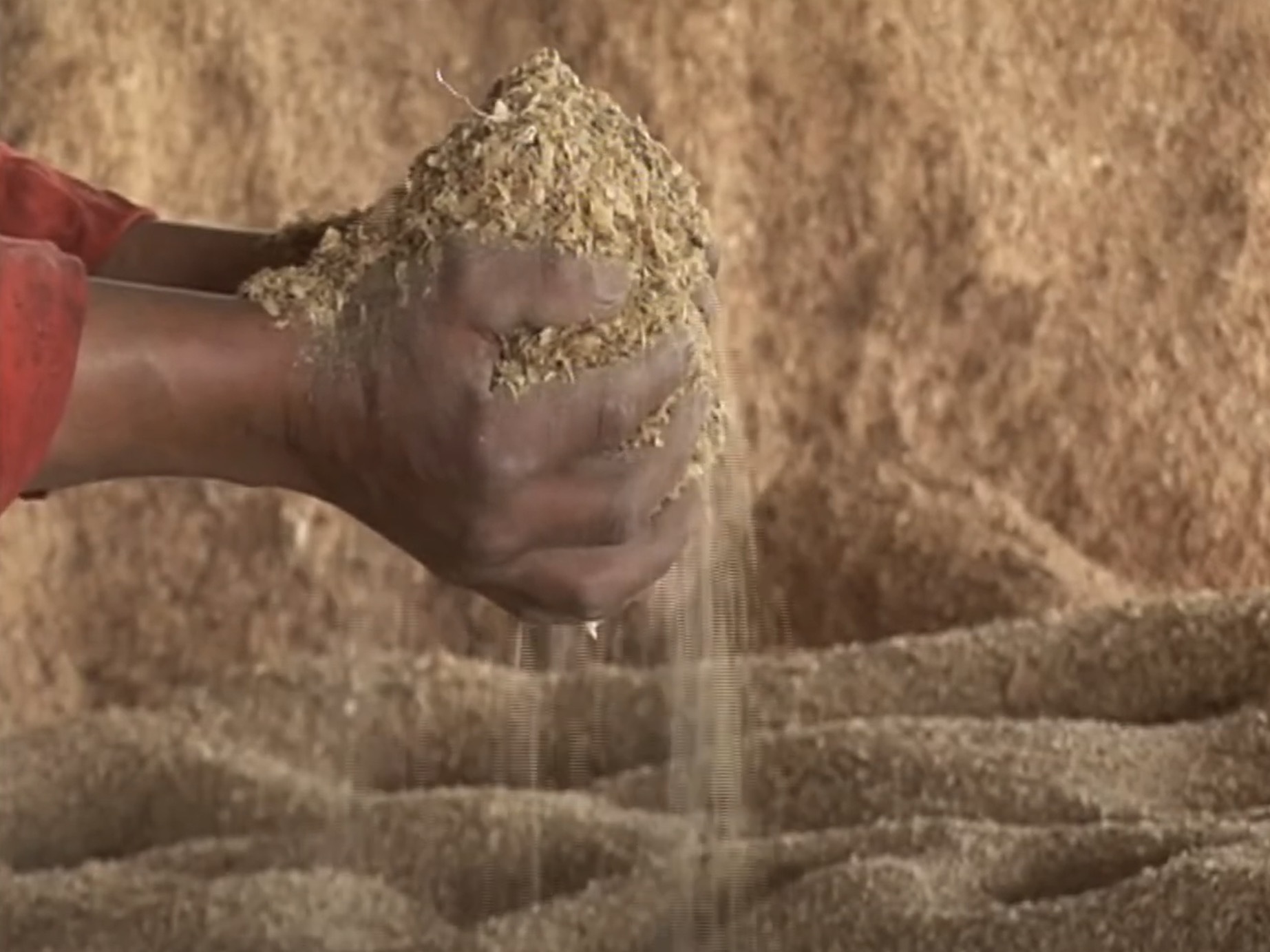
bringing high-quality housing within reach of millions more throughout the Colombia
- WPC (wood plastic composite) interlocking construction system connects WPC profiles without using steel frames
- WPC profiles are stacked one on top of another and overlapped at the corners
- NO special tooling required.
- Woodpecker developed interlocking corners by notching the WPC profiles at the ends, resulting in strong structures that are easier to build.
- The main advantages of this material are: Eco-friendly, splinter free, high resistance and durability, resistant to termites and insects, lightweight, easy installation tools, easy maintenance, resistant to the environment, NO combustion (fire-proof), no painting needed (colour included).
